NEW YORK—Manhattan’s K.G.B. Espionage Museum opened in January, showcasing equipment belonging to the Soviet secret security agency. During my visit to New York, I uncovered an important story the museum doesn’t tell.
When I went inside, a kind guide with a strong Russian accent introduced me to the largest collection of Soviet K.G.B. equipment in the world. He enthusiastically spoke about secret cameras, audio recorders, and hidden microphones. The museum houses a total of 3,700 artefacts.
Coming from Central Europe, as a citizen of the former Czechoslovakia, I am fully aware of how many lives were lost in the communist era, and how many people were murdered in times of peace in the name of the Soviet communist revolution.
Visiting the museum, I was surprised by people’s attitude toward communism in the United States.
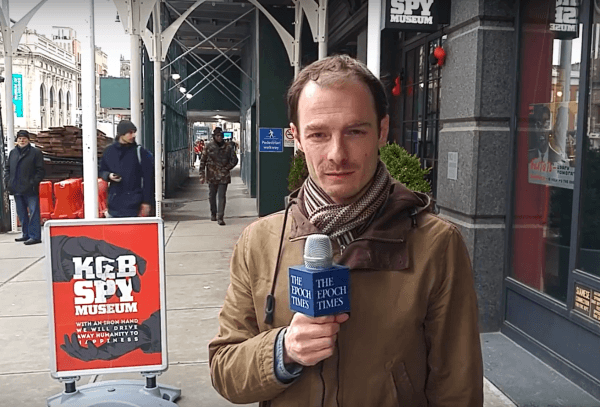
Inside the museum, I met an enthusiastic young student, Wayatt Kent, from Colorado. “I took a couple courses through my school about it [communism], but still just don’t have the expanded knowledge that I was going for. So, I’m excited to be here and learn a lot more,” he said.

I could not figure out what captivated him about communism. “Do you know how many people died unnatural deaths during the communist era in the Soviet Union?” I asked.
“Oh my goodness, no, I, I don’t...”
Clearly, I thought, his teachers instilled a positive impression of communism in him. “I think communism has really great appeal, and it makes a lot of sense, but in the world that we live in with such natural human greed, and such a natural human strive [sic] for power, there’s a lot of issues that need to be worked out before, before it will, you know, effectively work, um, work great.” he said. I began to feel a little uneasy.
Hundreds of thousands of people were thrown into concentration camps called Gulags under Soviet rule. They were beaten, frozen, and tortured in the name of communism.
I told Kent about Central and Eastern Europe’s experiences of communism. I was curious to know, within that context, about his impression of this exhibition. He responded, “I think that this gallery exhibition is, ah, is an incredible reminder, and it is very important for us to remember the history. But also, it’s a great way to look at the positive aspects of what could be, while also remembering the lives that were lost as well.”
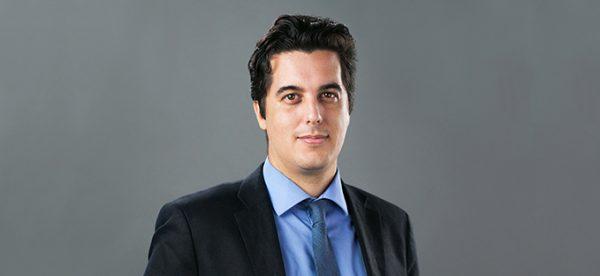
“There is an unfortunate phenomenon in today’s society, that the crimes of communism have not yet been fully faced by the world.” This museum is, according to him, most likely part of that phenomenon.
“Communism is still painted in a positive light,” he said. “But it’s not something that people want to face, in practice.” Many don’t want to look at it honestly, he said, because if they did, they would see its true nature.
A museum dedicated to Soviet-era spy gadgets presents a severely restricted view of the Soviet Union’s main security agency. “K.G.B. operations weren’t like romanticized ‘James Bond’ type stuff,” Philipp said. “The majority of what the K.G.B did was subversion.”

The K.G.B. secretly supported activities to discredit a target country’s home defenses (such as security and civil services, police, and army), and warp people’s moral norms. The goal was to provoke internal unrest and fundamentally undermine the stability of that state and society. Then, in chaos and crisis, such a state could be taken over by a militant revolutionary group that would be disposed of later.
After the K.G.B. had successfully engineered crisis within a country, Bezmenov explained in his speech, it enters the phase of so-called normalization: All political movements supported by the K.G.B. for the purpose of subversion are removed; and leaders of movements that helped the K.G.B. organize a coup in their own country are killed or imprisoned.
We have seen this “normalization” happening throughout history.
Other sad examples can be found: In Nicaragua, all Marxist-Leninists were put into prison during that phase; in Grenada, Marxist leader Maurice Bishop was executed; and in Bangladesh, pro-soviet leftist President Mujibur Rahman was assassinated by his own Marxist-Leninist military comrades.
In my own country, in 1968, after armies from five Warsaw Pact countries entered then Czechoslovakia, Soviet leader Leonid Brezhnev said, “now brother Czechoslovakia is normalized.”
After a leader’s tasks had been fulfilled, and the designated country was taken under control, the K.G.B. eliminated all obstacles in the way of the new rulers—a communist occupational army.
Historical Lesson
What happens when a society does not learn from its mistakes?The museum creates a false image of communism in the public eye. Viewing the exhibit may even encourage young people to want to become part of some kind of “spy adventure.”
Russia’s president Vladimir Putin is a former K.G.B. agent. By his own account, he joined the K.G.B. after seeing the Soviet spy film “Dead Season” (1968). Isn’t that an interesting coincidence?
Without historical facts, the museum is just an experience for enthusiastic adventurers. Likewise, without lessons, history is not so interesting or useful.

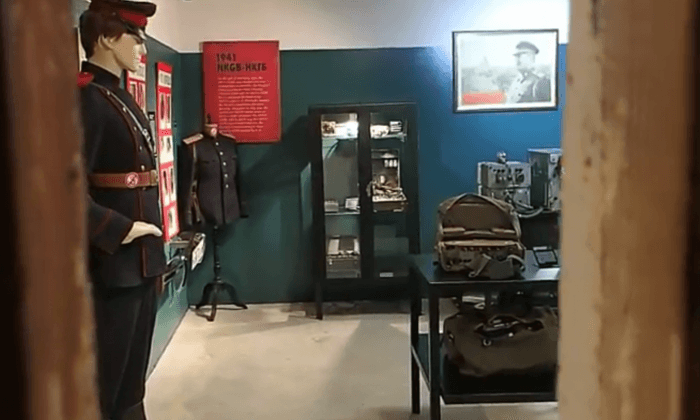
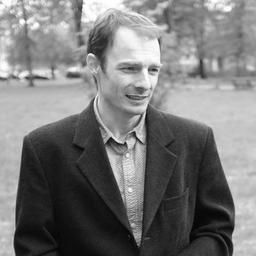

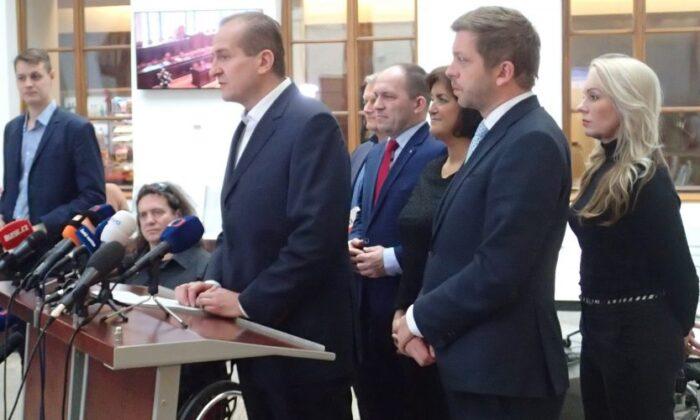


Friends Read Free